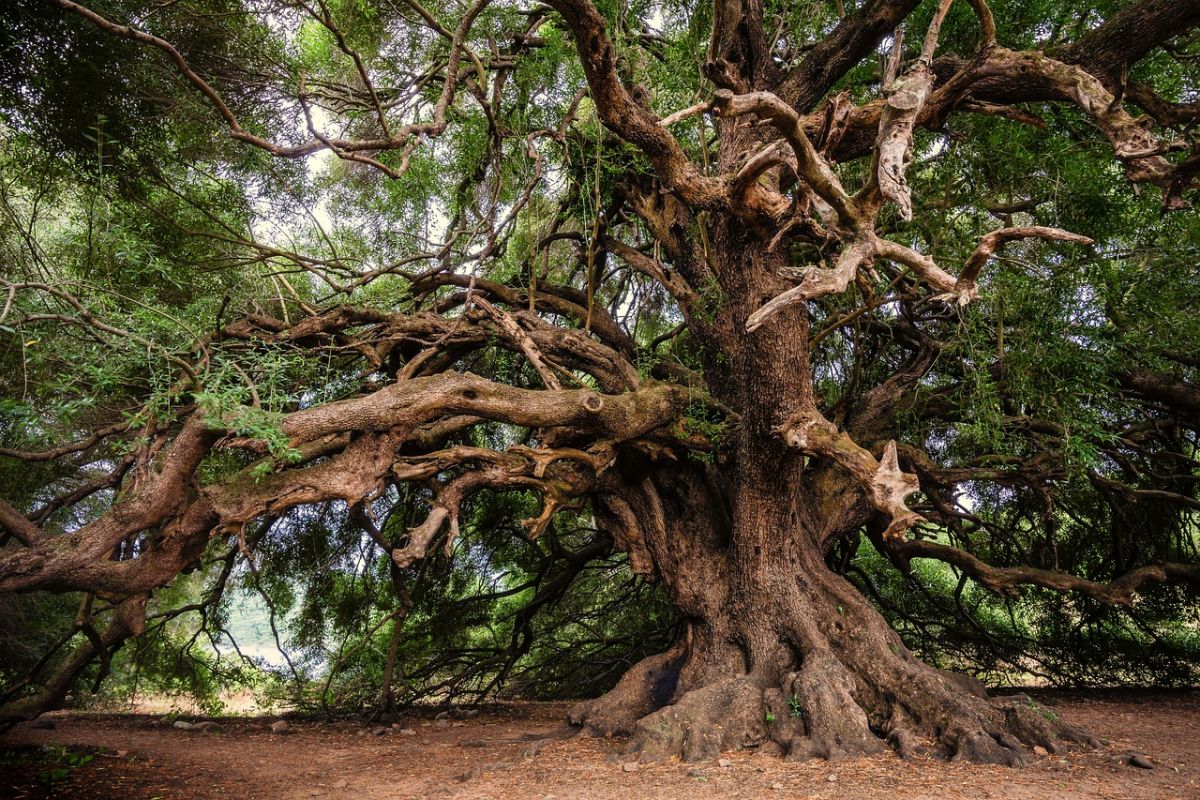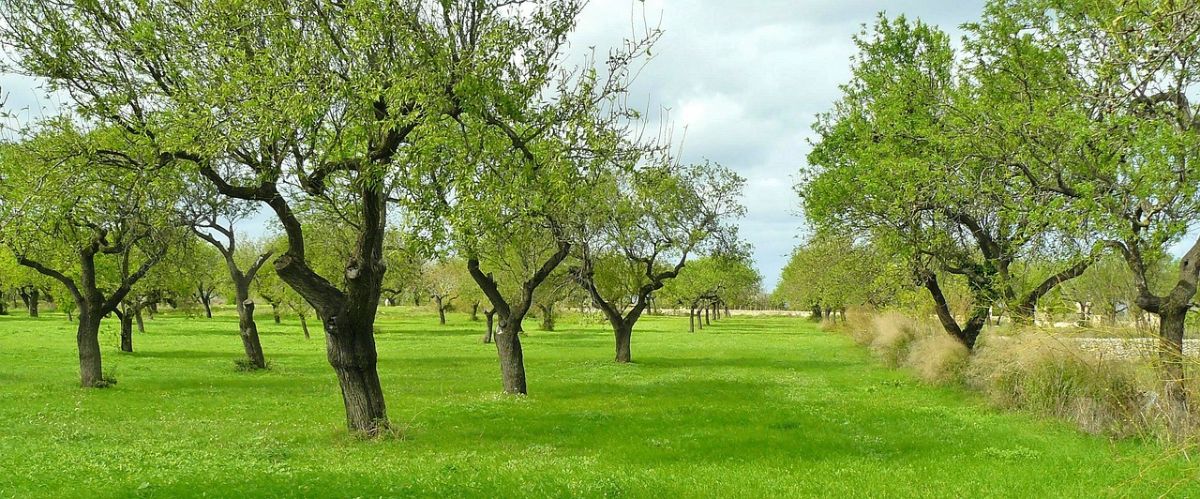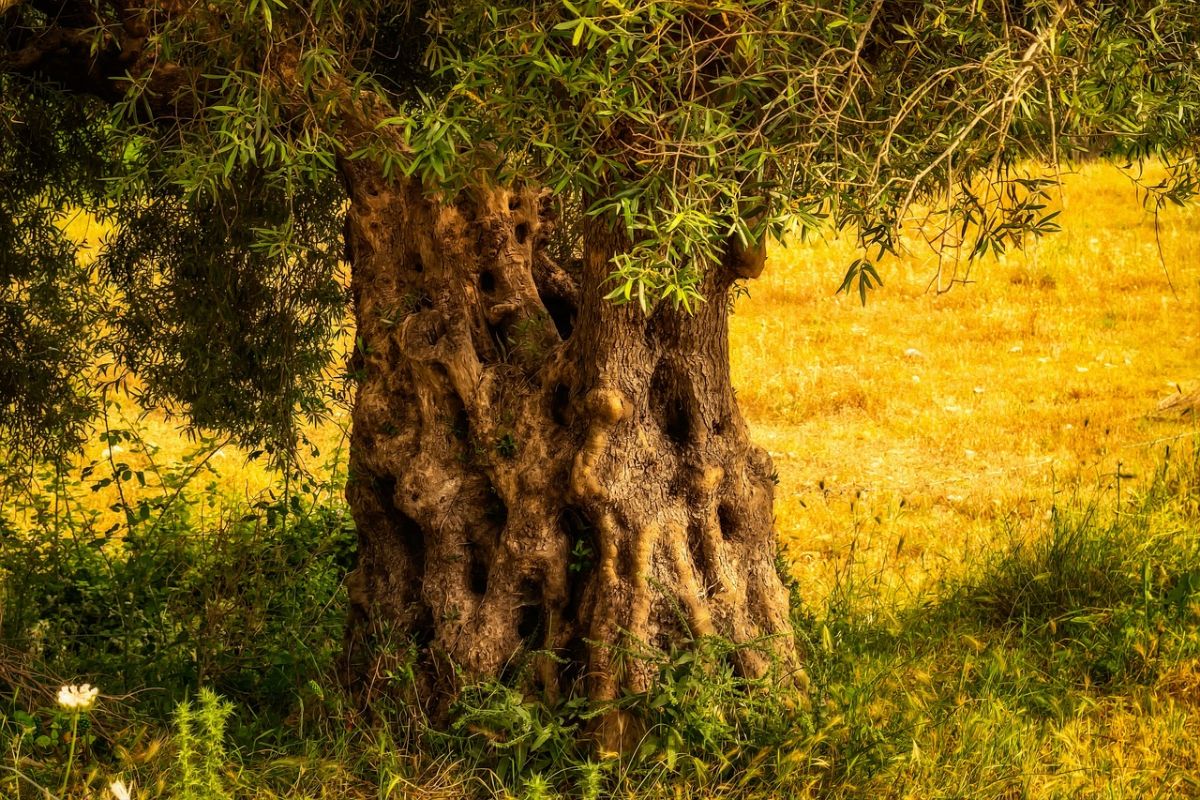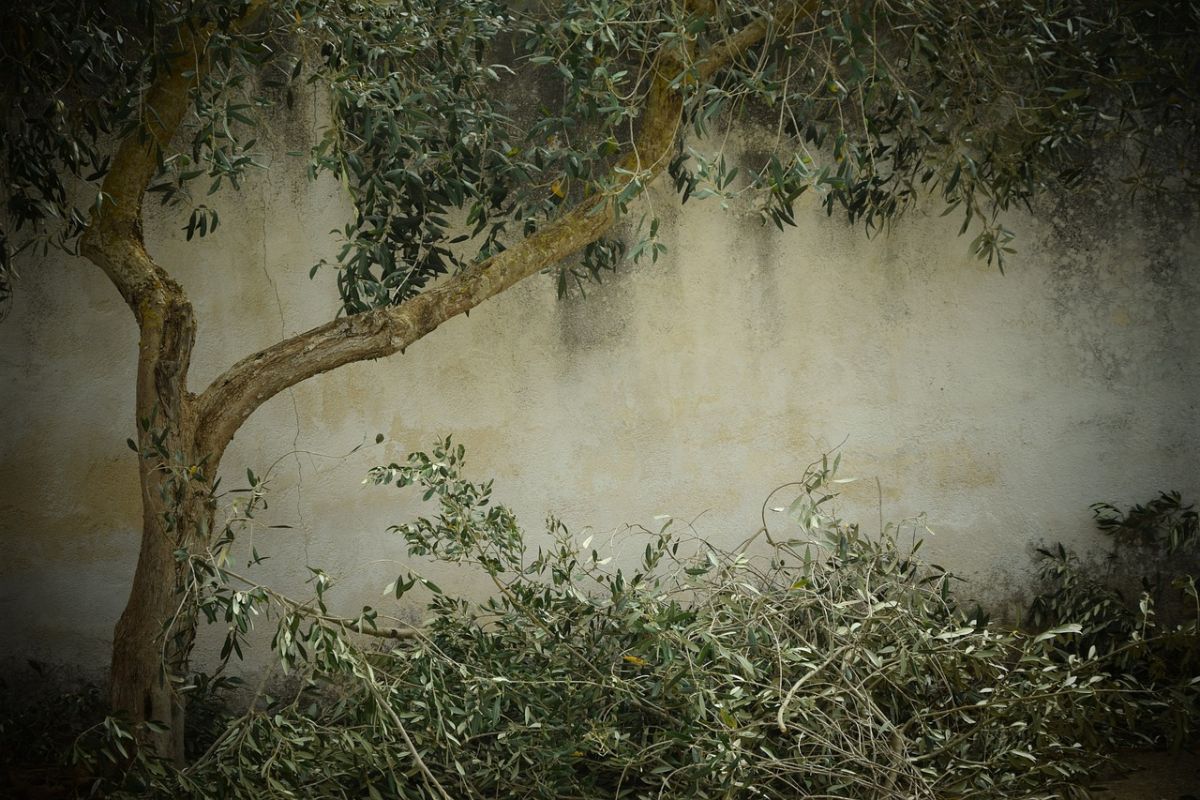
Have you ever heard of olive verticillium wilt? It is a fungal disease that, as its name suggests, affects olive trees.
Also known as “dryer” or “wilt”, this disease is quite serious. and why in Jardinería ON We want you to know everything possible about it so that, if you have olive trees, you can prevent it, detect it and try to save your trees.
What is olive verticillium wilt

Verticillium wilt is a serious fungal disease that affects olive trees. It is caused by the fungus Verticillium dahliae, who it spreads through the soil and can infect the roots of the tree. For this reason, when an olive tree is affected by it, the others around it are in danger because is easily transmitted through the ground (with irrigation, for example).
Once the fungus infects the vascular system of the tree, it spreads throughout the plant and can cause wilting, yellowing of the leaves, defoliation and eventual death of the tree.
You should know that verticillium wilt can affect olive trees of all ages, although younger trees are more susceptible to the disease. It can also affect other plants and crops, including tomatoes, peppers, potatoes, strawberries, and grapevines. So, although it has a name that is related to the olive tree, there are actually many others that can be damaged by this same fungus.
This sickness it spreads through the spores of the fungus that are present in the soil and can survive for many years. The infection usually occurs through small wounds in the roots of the tree. This can be caused by factors such as water stress, mechanical damage, improper pruning, and exposure to extreme temperatures.
Symptoms of olive verticillium wilt

Now that you know a little more about the disease, and especially how it is generated and what it can attack, it is time to know the symptoms. These can vary depending on the severity of the infection, but in general those that have been seen to affect almost all olive trees when the disease is detected are the following:
- Wilting: The leaf of the olive tree affected by verticillium wilt and dries, but not necessarily evenly. In fact, spots may appear that spread throughout the leaves to the point of causing them to wither completely.
- Leaf yellowing: The leaves may turn yellowish before drying. It is possible that, if you see this, the first thing you think is that it needs more water. But it can also occur at the time of dropping the leaves (and then it is more difficult to notice if you are not aware of the tree).
- Loss of leaves: The tree begins to lose leaves prematurely, even before the growing season ends.
- Defoliation: As the disease progresses, the tree loses more and more leaves, which can lead to massive defoliation and reduced olive yield.
- death of branches: With this we are referring to the fact that, in addition to losing the leaves, the branches can also dry up and die irretrievably.
- lesions in the cortex: In some cases, lesions can be observed on the bark of the trunk and branches. They are signals that indicate that there is a problem at the internal level of the tree.
Keep in mind that the fungus attacks from the roots, so it is an internal attack that can cause you to lose the tree (and sometimes everything around it) in a matter of weeks. In addition, as we have told you before, it may happen that the land remains affected and everything you plant in it follows the same path because the fungus is still active in the soil.
Possible treatments for olive verticillium wilt

Unfortunately, we don't have good news for you. And there is no known cure for olive verticillium wilt. Once a tree is infected, the disease spreads rapidly through the tree's vascular system, leading to its death. It's more, if there are other olive trees in the area, or other plants or crops that are sensitive to this fungus, they may also succumb.
However, there are some treatments that can help control the spread of the disease and reduce its impact on the crop. We will tell you about some so that, if at any time you see your face with this disease, you know what you can do:
- Remove infected trees: If a tree is heavily infected, removal may be the best option to prevent the spread of the disease to other nearby trees. It is recommended that they be cut flush (even removing the roots) and burned as soon as possible.
- Pruning: Regular pruning can help reduce the disease burden on an infected tree, allowing it to concentrate on the healthiest branches and leaves. However, when the fungus attacks the roots, this sometimes does not help to save it.
- Chemical treatments: Chemical treatments, such as fungicides, can help control the spread of the disease and reduce its impact on the crop.
If in the end you have to remove the olive tree, you should take into account that the fungus can remain in the soil, so the soil should be treated before planting anything.
How to prevent verticillium
There is no doubt that olive verticillium wilt is a practically fatal disease. That is why prevention is the best strategy to prevent the disease from affecting olive trees and other crops.
And what can you do to prevent it? Well, we recommend the following:
- Select resistant varieties: They are not all, but there are some olive varieties that are more resistant to this fungus.
- Treat the soil: The fungus that causes verticillium wilt can remain in the soil for many years, so it is important to clean it up. This includes crop rotation, soil disinfection before planting, and weed control.
- Proper watering: Olive trees must be adequately watered to avoid water stress, which can make them more susceptible to verticillium wilt infection. In this sense, avoid watering excessively and do not do it in the hottest hours either.
- Insect and disease control: This way, they won't be as susceptible to the fungus (because insects and other diseases can weaken them.
- Proper pruning: Helps maintain the general health of olive trees. You have to remove dead and diseased wood, as well as avoid pruning during the wetter months.
Have you ever faced olive verticillium wilt? What did you do to try to save the tree or those around it?